STAGE 3: TOXICOLOGY REVIEW AND THE DOSE-RESPONSE CURVE
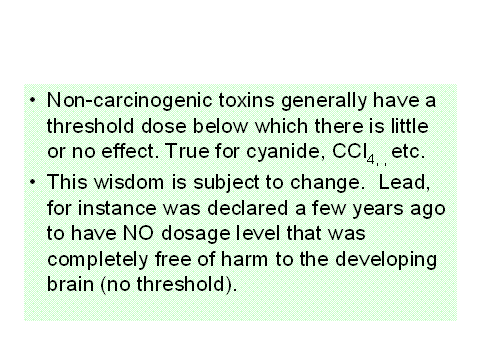
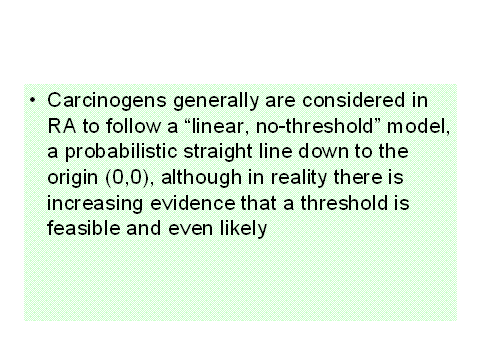
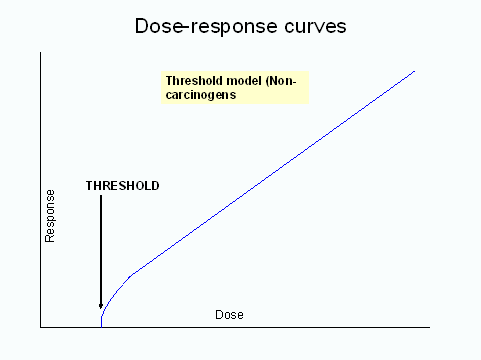
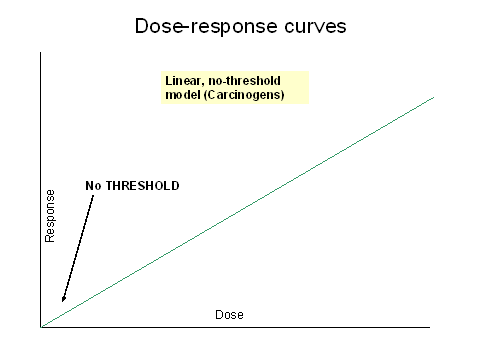
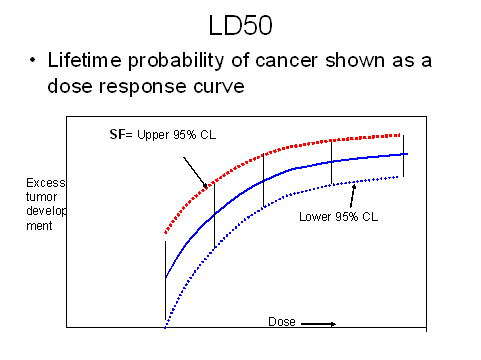
LOAEL and NOAEL
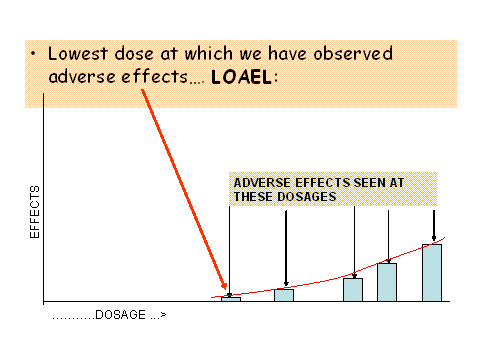
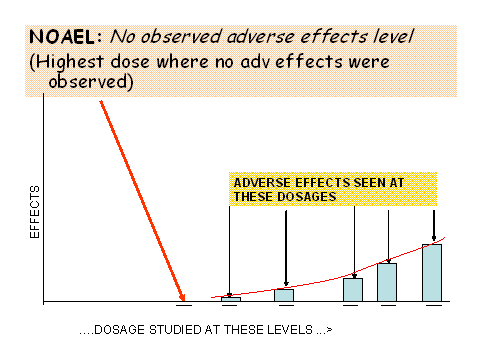
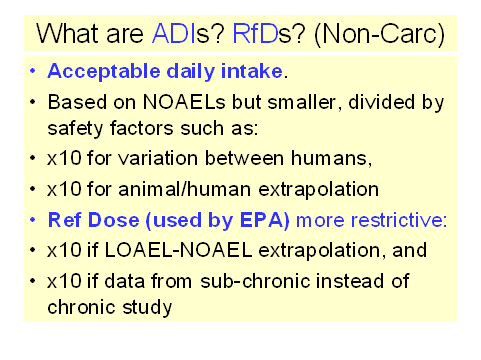
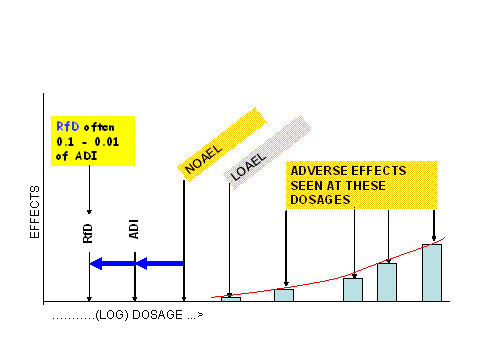
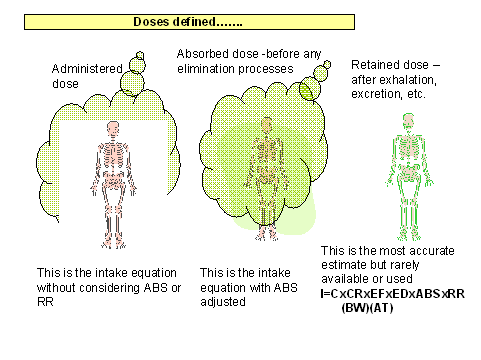
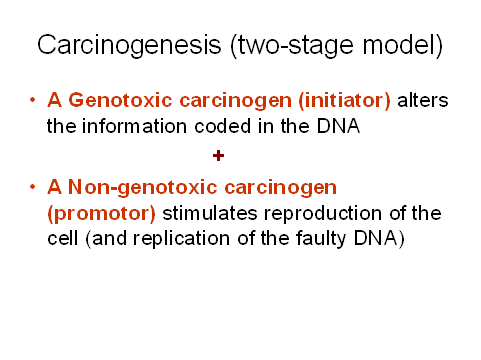
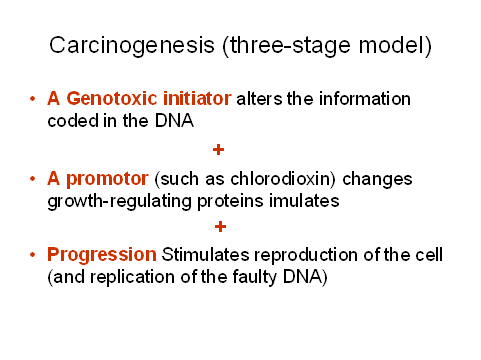
|
The old idea that a "carcinogen", if encountered, would be able to cause a
cancer, has been replaced by the multiple-step model.
one of the most important contributions to our understanding of carcinogenesis is that of Bruce Ames, who is perhaps best known for two related pieces of work. The first is the Salmonella microsome assay for mutagenesis. Here, a specially-developed strain of Salmonella has been developed which cannot reproduce because it is unable to synthesize histadine. In the presence of a mutagen, however, random changes to the DNA will "repair" the genetic code for histadine, enabling the cell to reproduce. These "revertants" are then counted and the response is seen as the extent to which the chemical is a mutagen. (Note: there is a nearly 90% correlation between carcinogens and mutagens) |
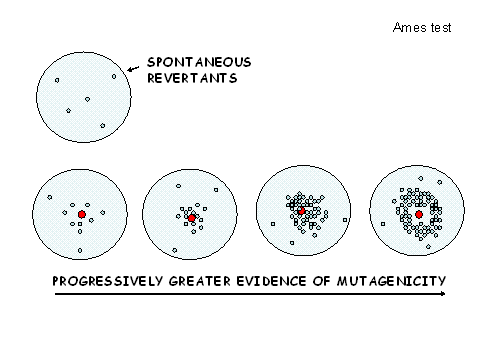
|
The other contribution by Ames was his work with Lois Gold, and the identification of carcingenic potential in countless foods, ingredients, and everyday substances. Ames estimates that a human could encounter as many as 10,000 potentially carcinogenic 'hits' a day, but these are almost always either repaired (e.g. by enzyme systems), or the cell is never called upon to divide. In later life, the repair systems may become less effective, and the accumulative probability may account for the increase of most types of cancer in later years of life.
|